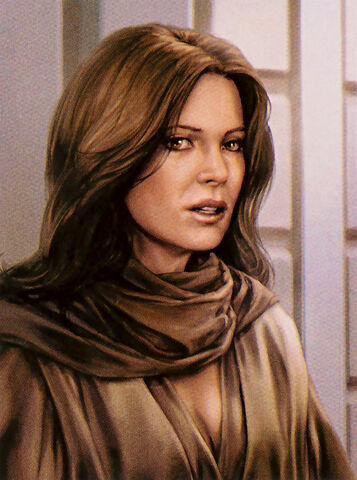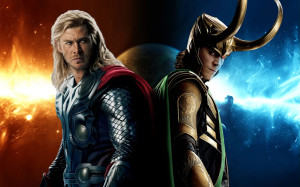
Thanks once again to Pearlann Porter, my endless font of Star Wars questions.
10. Who was the persuader/catalyst for engaging with Luke, Obi-Wan or Qui-Gon?
It was the plan all along. As of Revenge of the Sith, Yoda had already been communing with Qui-Gon for some time, so to what extent Qui-Gon talked him into what eventually became The Plan is hard to say. Also hard to say is how Ben would’ve handled Luke had the droids not shown up when they did—it’s hard to imagine him just knocking on the door one day and trying to take Luke off for training.
But what we can say is that training was definitely in the cards all along. The RotS novelization is indispensable in this area, as it’s the best (and basically only) guide for what’s going on in Yoda’s head at the end of the movie. Basically, after proving unable to best Palpatine in their Senate fight, Yoda comes to the realization—again, having been nudged in this direction by Qui-Gon, in all likelihood—that the Jedi Order that he and Obi represent just isn’t equipped to handle the Sith that Sidious and Vader represent.
Read More


 A few weeks back, a
A few weeks back, a  The first thing that I find important is to have the right casting. One of the main complaints from the Prequels is that some of the casting decisions were off and that hurt the movies. The casting for MCU has been really well done. They went out and found the right actors for the roles. Robert Downey Jr. is Tony Stark. His ability to fully embrace the character makes the movie more believable and enjoyable. Chris Hemsworth initially lured me in to the Thor movie but the chemistry between him and Tom Hiddleson is what keeps me coming back. I understand from the comics perspective that Hiddleson’s portrayal of Loki doesn’t always match up but I think it is easier to forgo that for fans because of how well the two actors fit together. Chris Evans’ ability to be a humble down home sexy is the perfect combination for what I want to see in a Captain America. Samuel L. Jackson as Nick Fury continues to show the brilliance of the casting decisions. MCU also had the guts to admit to a bad casting decision with the Hulk by recasting until they found the right fit for the series.
The first thing that I find important is to have the right casting. One of the main complaints from the Prequels is that some of the casting decisions were off and that hurt the movies. The casting for MCU has been really well done. They went out and found the right actors for the roles. Robert Downey Jr. is Tony Stark. His ability to fully embrace the character makes the movie more believable and enjoyable. Chris Hemsworth initially lured me in to the Thor movie but the chemistry between him and Tom Hiddleson is what keeps me coming back. I understand from the comics perspective that Hiddleson’s portrayal of Loki doesn’t always match up but I think it is easier to forgo that for fans because of how well the two actors fit together. Chris Evans’ ability to be a humble down home sexy is the perfect combination for what I want to see in a Captain America. Samuel L. Jackson as Nick Fury continues to show the brilliance of the casting decisions. MCU also had the guts to admit to a bad casting decision with the Hulk by recasting until they found the right fit for the series.